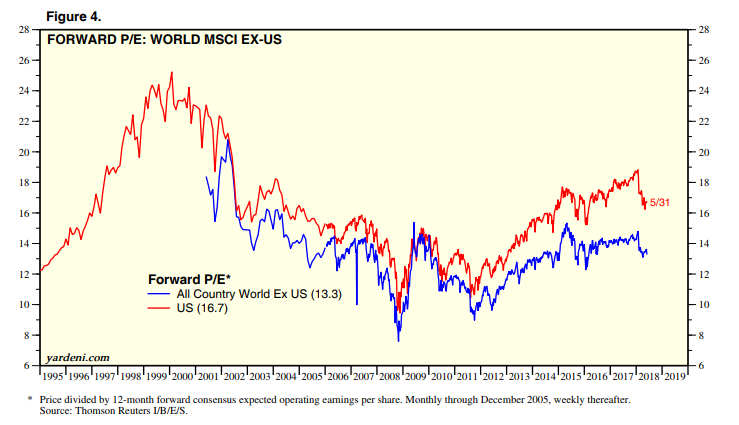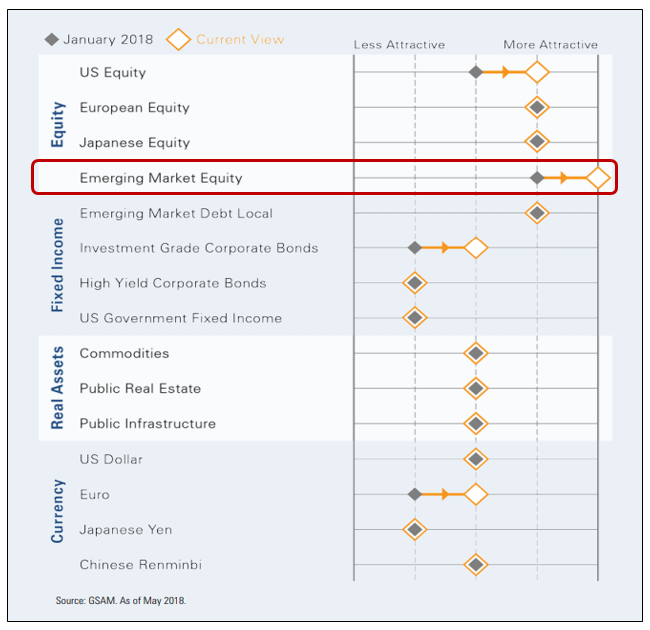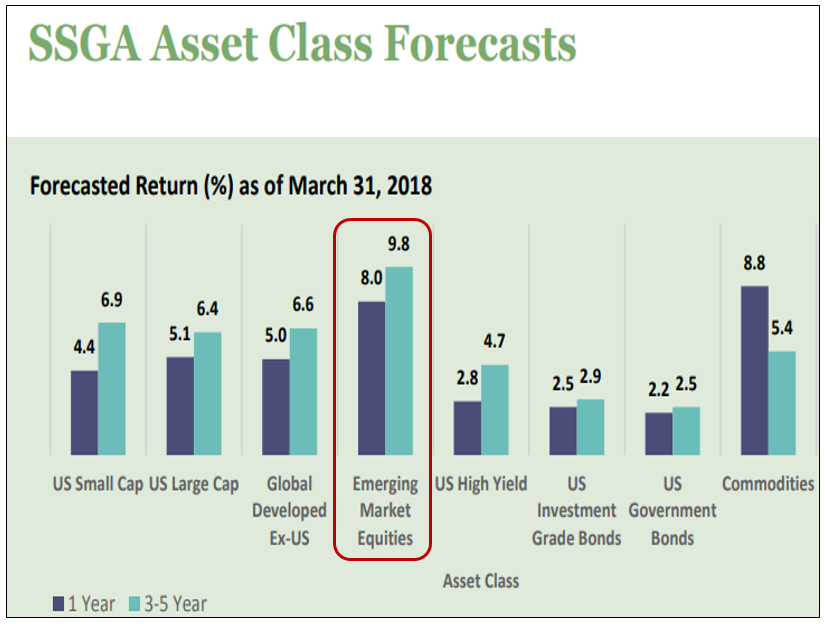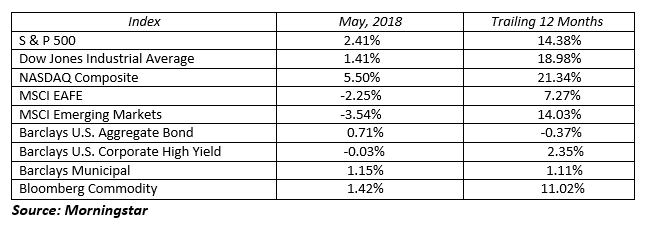When discussing investments, a common and important question to ask is “How am I doing?” When investors examine returns, they are usually looking at a percentage return over a specified time frame. Understanding what that number means for them, however, can be a challenge. To give context to their returns, investors may turn to benchmarks or indices (like the S&P 500) to assess their performance relative to something else. While this can be an understandable approach, it can be misleading in certain circumstances and potentially risky if it leads to bad decision making.
As an example, consider the following two investors:
In the above example, how is Investor A doing? Investor B? The answer, as in many things, is “it depends”. For example, what if Investor A was fully invested in stocks when stocks were up 30% during the same period. Secondarily, what if Investor B was fully invested in bonds when the average bond performance was negative. Does that change the answer?
To add another layer, what if Investor A (100% stocks) is 80 years old and required consistent income and portfolio distributions to meet their expense needs. For Investor B (100% bonds), what if they are 25 years old, have a high tolerance for risk, and will not need distributions from these assets for another 40 years. Does it change the answer again?
The point of this exercise is not to further confuse the situation. It is simply meant to show that performance is relative, not only to benchmarks, but to each individual client financial objectives. An 80 year old investor who is reliant on portfolio distributions to meet their expense needs is significantly different from a 25 year old investor whose primary goal is to grow their assets. Therefore, their portfolio needs, and their overall performance, should also be judged very differently.
How investors determine their performance should be relative to their personal situation. Performance should be discussed in context of their investment plan, based on risk tolerance, time horizon, and income needs. Once an investor’s financial plan is built, there should be a clear understanding of what assets are in the portfolio and their primary objective. A simplified examination could look like this:
- Cash: The purpose is for asset preservation and liquidity
- Bonds: The purpose is for income generation and risk reduction
- Stocks: The purpose is for long term growth, or a hybrid of growth and income, with increased risk
Without this understanding, investors looking to assess “how they are doing” may be misled by using one benchmark that doesn’t consider the client’s individual situation and objectives. Further, they may be led to action (“performance chasing” or “flight to safety”) that does not align with their long term objective and risk tolerance. Over time, this has the potential to detract from value.
To expand on these Market Reflections or to discuss any of our investment portfolios, please do not hesitate to reach out to us at 775-674-2222.





